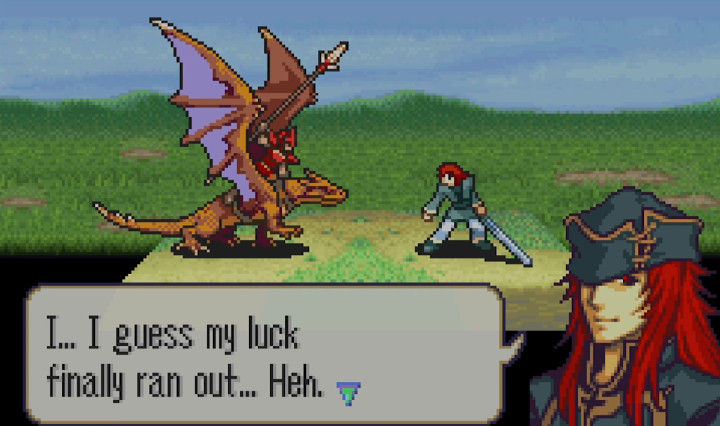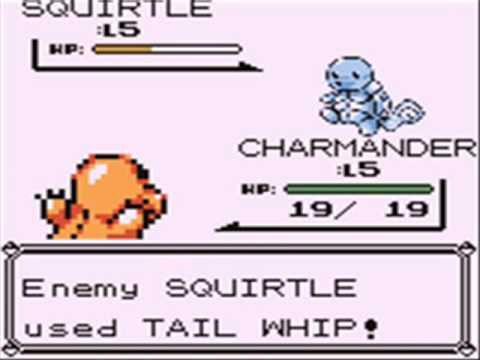Favorite Game Design Examples
- Reed Priest
- Dec 5, 2018
- 4 min read
Updated: Feb 3, 2019
Game design is a profound passion in my life. I find it beautiful how artists and programmers can so elegantly structure a game to spawn an enjoyable user experience. Game designers can be pretty crafty, and this first post aims to highlight some of my favorite game design choices.
Mario Kart: Rubber band mechanics

Everyone knows Mario Kart. It is equally as easily approachable to beginners as it is intricately deep to veterans. Therein lies its beauty: flexibility of playability. Regardless of skill level, there are settings and modes to help a new player compete against a pro. Sure, the more experienced player will probably win (as they should), but the new player is not amotivated by an overwhelming defeat. This engagement across all skill levels is mainly because of Mario Kart’s rubber band mechanics. These mechanics enable players in the back of the race the chance of improvement through better items. Thus, the first place racer has no guaranteed victory. These differences in items received based on distance from first place keep everyone invested and on edge, fearing for the inevitable blue shell to even the playing field. With its rubber band mechanics balancing the racing positions, Mario Kart keeps players of all skill levels engaged and entertained.
Fire Emblem: Permadeath

As one of the most notoriously difficult tactical RPGs in the genre, Fire Emblem has a long history of hardcore gameplay. The driving factor behind every move is permadeath: the brutal punishment for bad decisions where characters in the game die and do not return. In Fire Emblem’s realm of limited resources, each character offers a tangible benefit to the army. Their diversity of skills and classes aids a relentlessly difficult campaign across each game. Game designers add stress and value behind each decision, then, with permadeath. After all, one bad move and the player's best unit could be gone forever (unless the player resets the whole mission). Permadeath is the driving factor behind Fire Emblem’s iconic difficulty. Its weight makes every risky decision’s unfortunate loss or lucky result palpable, thereby commanding the player’s full attention and intellect.
Fire Emblem: Mila’s Turnwheel

As a continuation from the last point, newer Fire Emblem games had to wrestle with their franchise receiving a wider reception. Newer, less skilled players were engaging the series, and developers did not want to completely isolate these newcomers from this brutal turn-based strategy game. Fire Emblem Echoes: Shadows of Valentia catered to both veterans and newcomers throughout its introduction of Mila’s Turnwheel. This item is completely optional to use, and grants the player the ability to turn back time to correct an unfortunate mistake made earlier in battle. Intelligently, though, it does not retry the random hit or dodge percentages evoked from each battle, preventing players from “cheating the system” by going back in time merely to test their luck. Instead, it allows the player to rethink their strategy to prevent a mistake, thereby offering an additional layer in this already tactically rich game. And if veterans prefer the punishments of miscalculations, they can remove the turnwheel in the settings. Mila’s Turnwheel caters to both kinds of Fire Emblem fans, and saves dozens of hours in resets.
Super Mario 64: Bob-Omb Battlefield path

Heralded as one of the greatest games of all time, Super Mario 64 was a bold addition to the gaming community. Never before had a 3D game been in a core franchise, such as the Mario series. It was subsequently confusing for many players to transition from 2D side scrollers to a massive 3D world with complex controls and precision platforming. To ease players into the 3D mission structure that Super Mario 64 incorporated, players’ first mission is in Bob-Omb Battlefield. This mission requires players to go from A to B, as in any Mario game, and to defeat a boss. Through this level’s subtle guiding, even players new to 3D could easily navigate this level. Paths and dead-ends direct players to a mountain, where the natural inclination is to climb. Utilizing the player’s inherent desire to go farther and climb higher, this level orchestrates players from encountering new enemies and scenarios to the Boss in an organic manner at the player’s own pace. This subtle guidance is exactly what the N64 needed to aid players to the transition to 3D.
Pokémon Red and Blue: Rival’s type advantage

It’s surprising how wanting to prove someone wrong can be so powerfully motivating. Pokémon Red and Blue fostered this competitive motivation through the rival character. Erm... what is his name again? This smartmouth rival is always one step ahead of the player, always seen leaving an area that he recently completed which the player is about to begin exploring. Apart from the strong character development that instills a sense of competitiveness, Game Freak also designed this character to have a crucial type advantage against the player. In the beginning of the game, the player and his/her rival get a free Pokémon. After the player chooses his/her partner, the player's rival chooses his. And of course, he chooses the one Pokémon that trumps the player’s Pokémon in a type advantage. These are emotionally significant and technically powerful Pokémon, so it is highly likely that the player will retain his/her starter Pokémon throughout the entire game. Because it is highly likely for the player to retain his original partner, the rival has a constant advantage. And as previously mentioned, this competitive advantage instills an inner sense of motivation to triumph over the rival despite any type disadvantage, thereby justifying the player’s journey to become a Pokémon master.



Comments